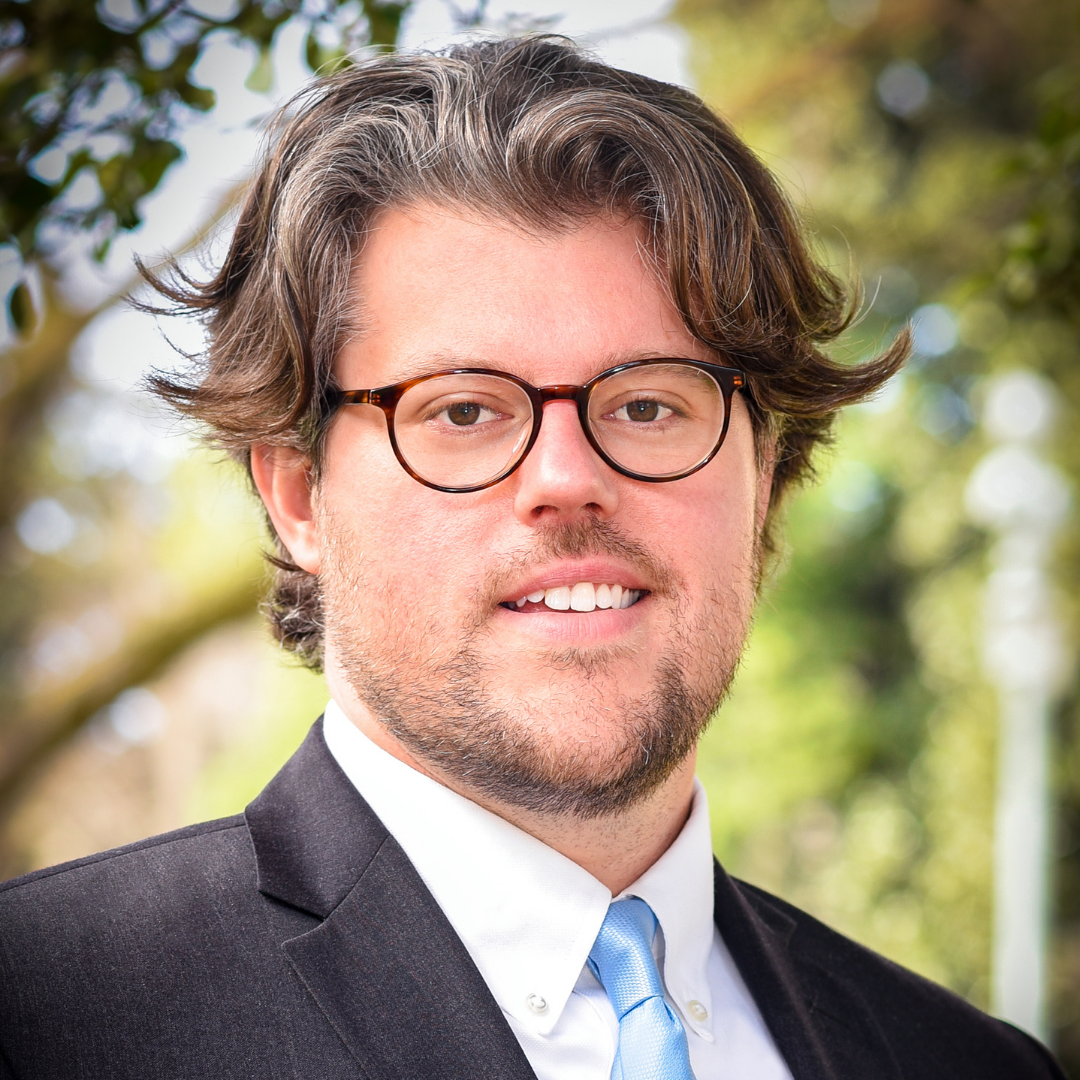Today’s workday was over a Zoom meeting, in which Justin Weltz of Duke University taught us about various sampling methods and social networks. We learned about the pros and cons between random sampling and biased sampling, as well as how to apply sampling probabilities to specific mathematic formulas. Additionally, we learned more about reinforcement learning (which we had touched upon previously) and its relationship to artificial intelligence and machine learning. We also got to ask Mr. Weltz about his experience as a current graduate student doing research projects at Duke, such as what it’s like to work on research projects and how to set goals for these projects, advice for graduate school, and what topics in math and programming he would advise to learn if one is interested in pursuing a career in data science.










